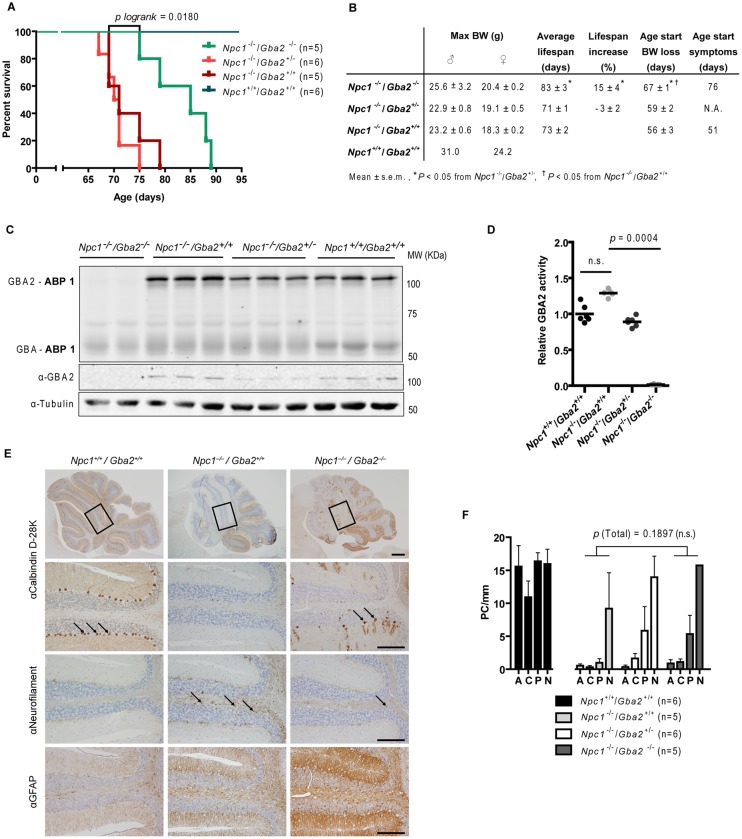Fig 2. Crossing of Gba2 -/- (C57BL/6-129S6/SvEv) mice with Npc1 -/- (BALB/c) mice.
(A) Survival Kaplan-Meier plot of transgenic mice resulting from the crossing of GBA2 deficiency into the Npc1 -/- background (P logrank = 0.0180 from Npc1 -/-/Gba2 +/+). (B) Maximal bodyweight, average lifespan, percentage lifespan increase and age at which bodyweight loss and neurological symptoms are patent in crossed animals. (C) Fluorescent labelling of GBA and GBA2 with ABP 1 (100 nM) and Western blotting with anti-GBA2 and anti-tubulin antibodies in brain homogenates of end-stage transgenic male mice. (D) GBA2 activity (assayed with 4MU-β-D-Glc substrate) in brain homogenates of end-stage transgenic mice relative to Npc1 +/+/Gba2 +/+ (wt) values. (E) Sagittal cerebellar sections of end-stage transgenic mice immunostainned with anti-calbindin D-28K, -neurofilament and -GFAP antibodies. The arrows indicate calbindin D-28K positive cells (2nd panel from top) and swollen axons positive for neurofilament (3rd panel). Scale bar = 500 μm (top-panel) and 200 μm (other panels). (F) PC count in the anterior (A), central (C), posterior (P) and flocculonodular (N) transversal zones of the cerebellum of end-stage transgenic mice. Data (n = 5–6 per group, mean ± s.e.m.) were analyzed using the Kruskal-Wallis test with post hoc Dunn’s multiple comparison test.

